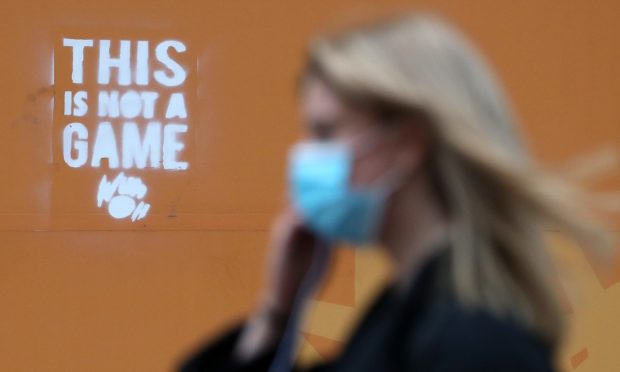Sir, – Eric Gibbons’ comments (“No vaccine solution to crisis required”, Letters, October 14), are deeply concerning. His assertion that the vaccines currently are only 50% effective is unsubstantiated
With such a recent virus like Covid-19 and with vaccine development under way, the vaccine is not by any means a finished product, yet.
Sweden’s relaxed control is frequently quoted as the way we should take this forward.
Sweden currently shows 589 deaths/million population.
It showed much lower infection and death rates in the early months, but they have caught up with and flown past neighbours. Norway has 51 deaths/million and Denmark 116 deaths/million. The Swedish model has failed.
The UK stands at 633 deaths/million and the USA 666/million, while Canada, bordering on the USA and with a population of nearly 40 million, has a death rate of 255/million. It appears small and local is better.
Not reducing social interactions to prevent infections will result in more hospital admissions. As Covid hospital admissions increase, regular hospital admissions will be reduced to restrict the risk of spread within hospitals.
Alistair Ballantyne.
Birkhill,
Angus.
Are we on a testing wild goose chase?
Sir, – Our TV screens are filled with the number of new Covid cases, and the numbers are growing alarmingly.
The gold standard for testing for Covid is the PCR test (polymerase chain reaction).
A function of this test is to try to detect viral RNA in the human respiratory tract. However, there is documented uncertainty in its accuracy.
The CDC (Centers for Disease Control in the US) published a paper on July 13 which included bullet points on the limitations of PCR, and two drew attention:
“Detection of viral RNA may not indicate the presence of infectious virus or that 2019-nCoV is the causative agent for clinical symptoms”, and “This test cannot rule out diseases caused by other bacterial or viral pathogens”.
The British Medical Journal published a letter from a retired GP in June who said the late Kary Mullis, inventor of the PCR test, “is reported to have said that it was for research purposes only and not for medical diagnosis”.
Are we being led on a giant wild goose chase?
Geoff Moore.
Braeface Park,
Alness,
Highland.
The right face mask for dry eye sufferers
Sir, – There is a problem which is aggravated by face masks, especially for those who wear them for prolonged periods or who already suffer from Sjorgens Syndrome or dry eyes.
I suffer from dry eyes and had sore, itchy eyes for weeks, and during this time I changed from a face mask with a ventilation valve to one without.
I also wear glasses and found that on the days I wore a mask my eyes became worse. From my optician I learnt some masks direct air flow upwards and if you wear glasses the air concentrates over the eyes, like a mini air conditioning unit. If your glasses steam up it means air is being directed upwards.
I have now gone back to a mask with a ventilation valve and already have an improvement.
So, if you have developed eye problems consider changing the type of mask you wear and use moisturising eye drops regularly.
Janice Hopwood.
2 Tippermuir Close,
Tibbermore,
Perth.
Don’t serve them Bible with beans
Sir, – Boris Johnson is in discussion with Conservative MP and evangelical Christian Danny Kruger about how religious groups might have a greater role in public services. This must be monitored.
Research by New Philanthropy Capital found half of Christian charities agreed: “Through our activities we aim to increase the number of people who share our faith”.
We welcome support to communities, but the discomfort some might feel using foodbanks should not be exacerbated by the Victorian anachronism of having to swallow Bible with their beans.
Neil Barber.
Edinburgh Secular Society,
Saughtonhall Drive.










